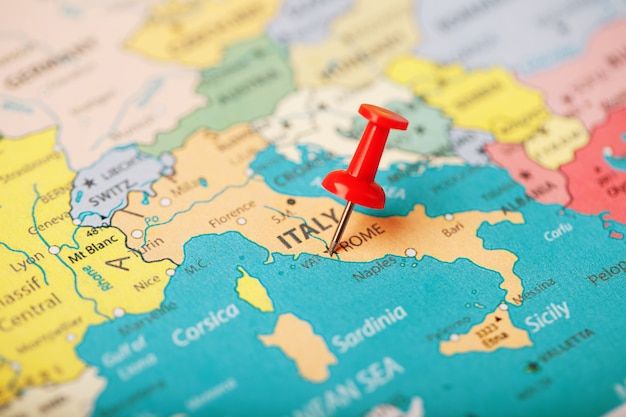The number of large manufacturing companies in Italy is small compared to other EU countries, the Italian government indicates.
In 2021, the largest companies by revenue were FCA Italy S.p.A. (automotive), Esselunga S.p.A. (retail chain), Leonardo S.p.A. (formerly known as Finmeccanica S.p.A., defense, aeronautics, helicopters and space), Fincantieri S.p.A. (shipbuilding) and Guccio Gucci S.p.A. (fashion).
Italy has compensated for its lack of natural resources by specializing in transformation and processing industries.
Italy’s major manufacturing industries include metal products, precision instruments and machinery, textiles, leather products and apparel, wood and wood products, paper and paper products, food and tobacco, chemicals and pharmaceuticals, and transportation equipment, including motor vehicles.
Much of Italy’s industrial production comes from small and medium-sized companies, which are also responsible for much of the economic growth of the past 20 years.
These companies are particularly active in light industries (textile manufacturing, production machinery, clothing, food, footwear and paper), where they have been innovative, and export a significant part of their production.
However, the profit margins of large manufacturing firms have generally been higher than those of their smaller counterparts.
Various government programs (in addition to those of the European Union) to support small businesses provide, among other things, loans, grants, tax breaks and aid to venture capital firms.
Manufacturing
In 2021, the manufacturing sector accounted for 14.0% of GDP and 15.4% of total employment.
Also in that year, value added in the manufacturing sector increased 10.3%, compared to a decline of 11.4% in 2020.
Traditionally, investment in research and development (R&D) has been moderate in Italy.
Total and business R&D spending has remained proportionally lower in Italy than in other industrialized countries, reflecting the persistent difficulty of Italian industry in closing the technological gap with other advanced economies.
Total R&D spending in Italy was 1.5% of GDP in 2020 (the most recent year for which data are available), compared with 3.1% in Germany and an EU average of 2.2%.

